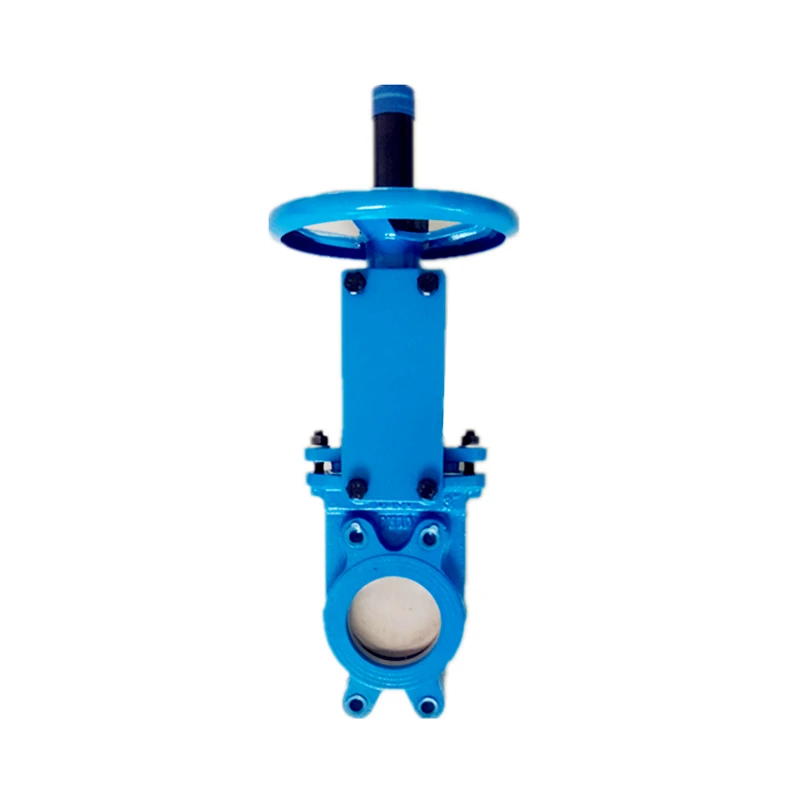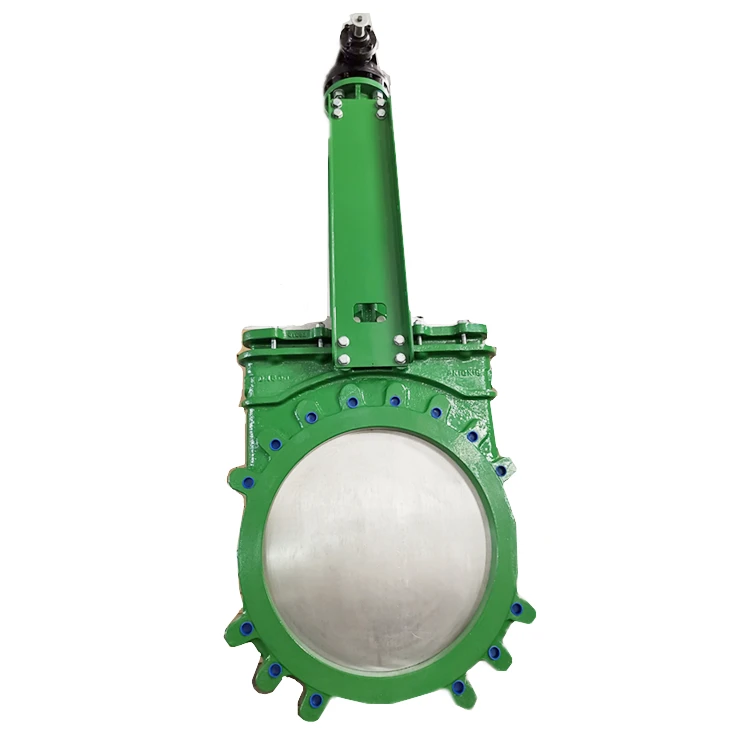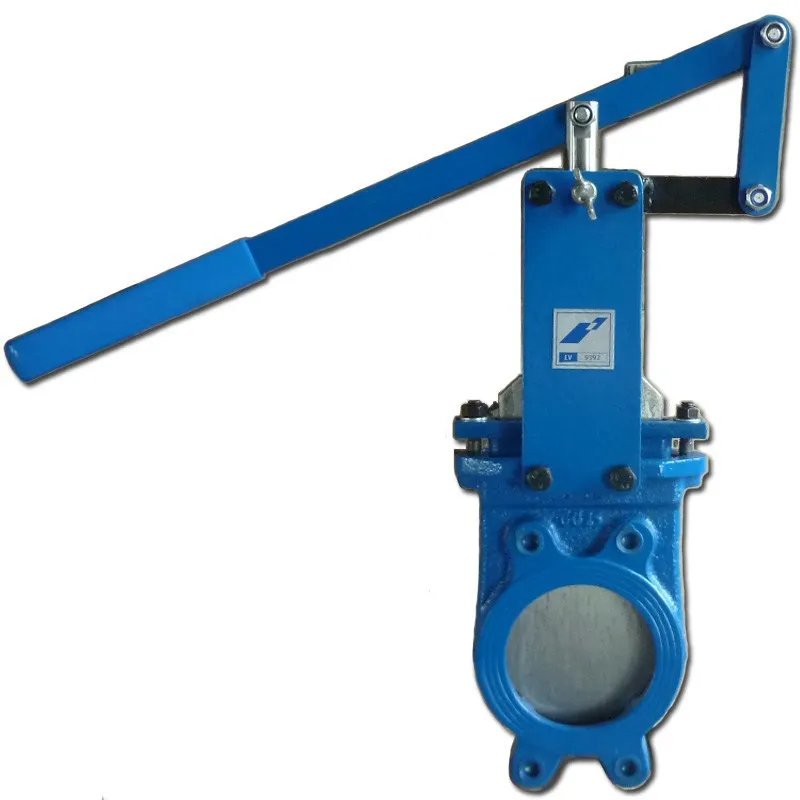Understanding Actuator Options for Knife Gate Valves and Their Uses
Key Takeaways
The selection of appropriate actuator types for knife gate valves plays a crucial role in optimizing their function in fluid control applications. Air-operated knife gate valves provide efficient operation, particularly in environments where remote actuation is necessary. The AVK knife gate valve, known for its robust design, offers reliability and longevity in demanding situations. When evaluating these options, it is essential to understand the distinctions between bidirectional and unidirectional knife gate valves. Bidirectional valves facilitate flow in both directions, making them suitable for applications where flow direction may vary. In contrast, unidirectional valves are designed for one-way flow, ensuring that the materials being processed do not backtrack and compromise system integrity. This understanding aids in determining the appropriate valve for specific applications. For procurement, numerous suppliers offer a diverse range of knife gate valves, making it essential to select a reputable source to guarantee quality and performance tailored to project needs.
Understanding Actuator Types for Knife Gate Valves
The choice of actuator plays a critical role in the functionality of knife gate valves. Among the common types, the air-operated knife gate valve stands out due to its ability to provide efficient and reliable operation. This model utilizes pneumatic pressure to open and close, offering rapid actuation and minimal maintenance requirements. In contrast, standard knife gate valves may involve manual operation or other actuator types, which can result in slower response times. Understanding the variations, especially in contexts where fluid dynamics require precise control, is essential for optimal performance. Notably, the differences between bidirectional and unidirectional knife gate valves significantly influence operational applications. Bidirectional valves are applicable in systems where flow direction may change, allowing fluid to travel through both sides without compromising integrity. On the other hand, unidirectional valves permit flow in only one direction, making them suitable for applications requiring strict control over flow paths. The decision-making process regarding which actuator type to implement should consider factors including pressure requirements, installation space constraints, and specific application needs. This awareness allows for informed purchasing decisions when looking to buy knife gate valves, ensuring that the chosen product aligns perfectly with operational demands.
Comparing Air-Operated and Standard Knife Gate Valves
Knife gate valves are integral components in various industrial applications, serving to control the flow of materials in pipelines. Air-operated knife gate valves feature a mechanism that employs compressed air for actuation, offering rapid operation and improved sealing capabilities. In contrast, standard knife gate valves typically rely on manual or mechanical actuation methods. This distinction results in significant functional differences.
Air-operated models excel in environments requiring quick responsiveness and frequent cycling, making them suitable for applications such as wastewater treatment and chemical processing. Their ability to provide consistent closure minimizes leakage, enhancing operational efficiency.
On the other hand, standard knife gate valves possess advantages in simplicity and cost-effectiveness. These valves are often favored in less demanding scenarios where the operational frequency is lower.
A comparative analysis of the actuator types reveals critical specifications:
Feature | Air-Operated Knife Gate Valve | Standard Knife Gate Valve |
|---|---|---|
Actuation Method | Compressed Air | Manual/Mechanical |
Response Time | Fast | Variable |
Leakage Control | Superior | Moderate |
Installation Cost | Higher | Lower |
This table illustrates important factors influencing the choice between air-operated and standard options. Selection should be guided by specific application requirements, such as material characteristics, flow dynamics, and long-term maintenance considerations. Understanding these differences supports informed decisions when procuring knife gate valves, ensuring optimal performance tailored to operational needs.
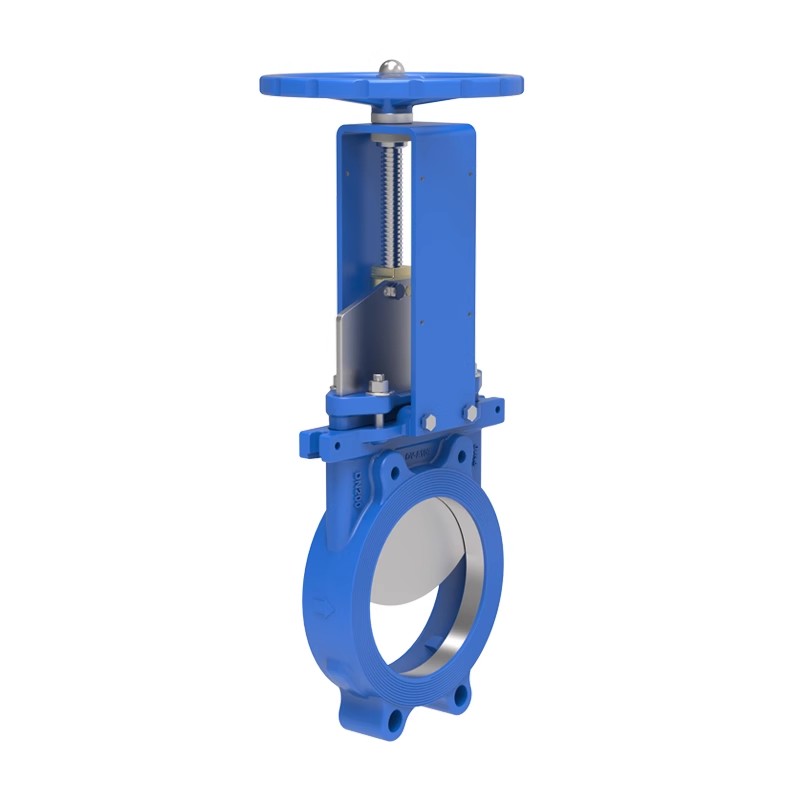
Bidirectional vs Unidirectional Knife Gate Valves: Key Differences
Knife gate valves are pivotal components in various industrial applications, offering control over fluid flow with efficiency and reliability. There are two primary types: bidirectional and unidirectional. The fundamental distinction lies in their flow capabilities. Bidirectional knife gate valves allow fluid to flow in either direction, making them versatile for systems requiring reversible flow. They feature a design that can maintain a tight seal regardless of the flow direction, ensuring minimal leakage—essential in applications where backflow can be problematic.
In contrast, unidirectional knife gate valves permit flow in only one direction. This limitation may simplify the installation and operation of systems designed specifically for one-way flow. Unidirectional valves often help prevent backflow, reducing maintenance requirements and enhancing system safety. The choice between the two types depends largely on the specific application requirements, including the desired control over fluid dynamics and potential installation constraints.
Consideration is critical when selecting between these valve types. An understanding of system demands—such as pressure drop, temperature limits, and media type—will ultimately inform the decision-making process. Proper identification of fluid dynamics is essential to optimize performance and longevity in industrial setups.
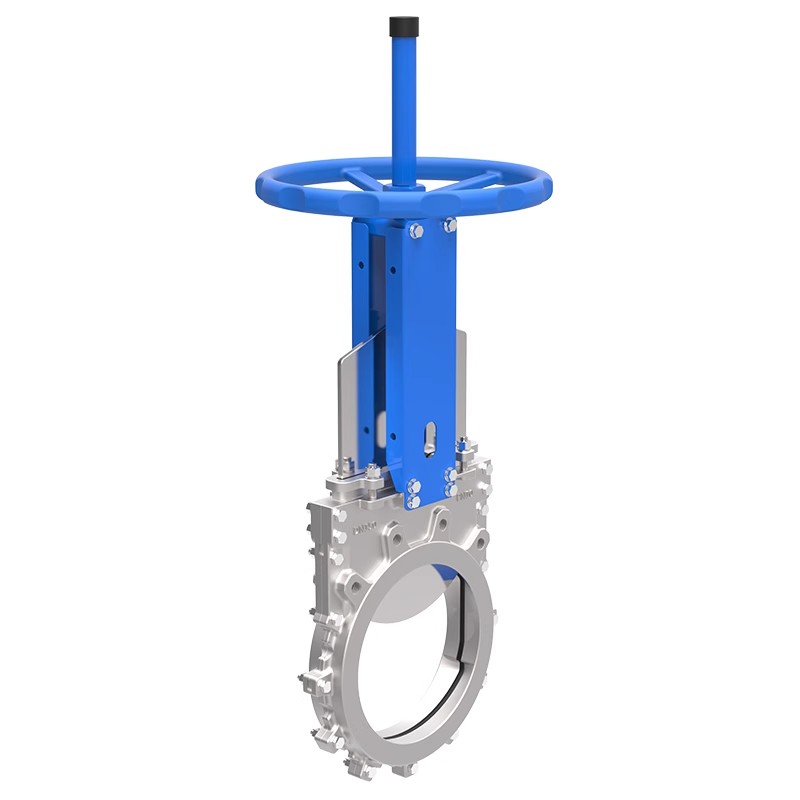
Where to Buy the Right Knife Gate Valve for Your Applications
Selecting the appropriate knife gate valve involves understanding specific requirements along with dependable suppliers. For those interested in air-operated knife gate valves or models, exploring reputable distributors specializing in these actuators is crucial. Look for vendors with a strong industry presence and positive customer reviews. Options like the AVK knife gate valve should be included in your considerations due to their reliability and wide application in various sectors. When comparing purchasing options, evaluate both online platforms and local suppliers to identify competitive pricing and availability. It is advisable to inquire about technical support and warranty conditions when making a purchase.
"Consulting with industry professionals can offer additional insights into selecting the right knife gate valve based on your operational needs."
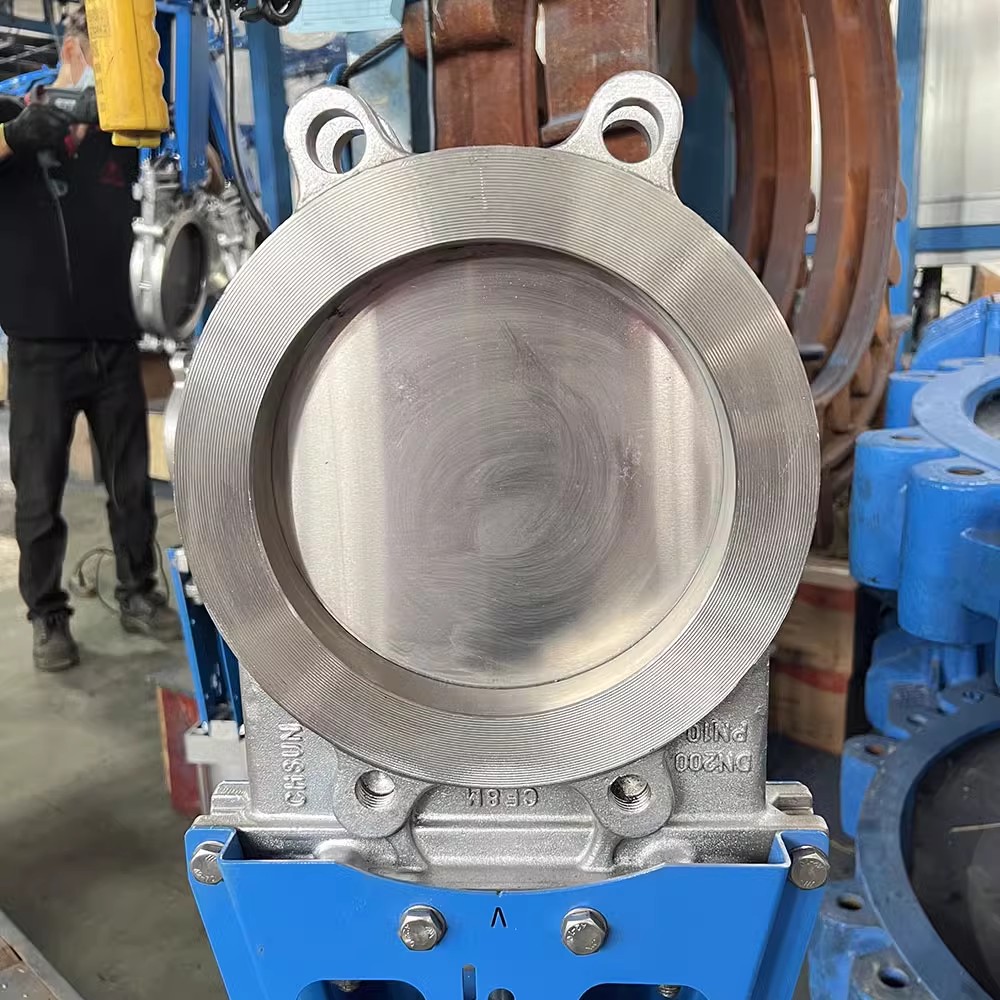
Conclusion
Understanding the various actuator options for knife gate valves is essential for selecting the appropriate valve for specific applications. The type of actuator impacts the functionality and efficiency of the valve operation, with models such as the air-operated knife gate valve providing significant advantages in speed and ease of use. The AVK knife gate valve, recognized for its durable design, offers robust performance in various industrial settings. Differentiating between bidirectional and unidirectional configurations is crucial; bidirectional valves allow flow in both directions, enhancing versatility, while unidirectional valves are designed to handle flow in a single direction, ensuring greater safety in applications where backflow could pose risks. It is advisable to assess the requirements of your specific situation before making a purchase. Numerous suppliers offer a variety of options, simplifying the process of acquiring the right knife gate valve tailored to your operational demands. Choosing wisely can optimize performance and ensure reliability across systems that manage liquids or slurries.
FAQs
What is an actuator knife gate valve?
An actuator knife gate valve is a type of valve that utilizes an actuator for automatic operation, allowing for efficient control of flow in pipelines.
How does an air-operated knife gate valve work?
An air-operated knife gate valve uses compressed air to operate the actuator, enabling quick and reliable opening and closing of the valve with minimal manual intervention.
What are AVK knife gate valves?
AVK knife gate valves are specifically designed with a focus on durability and performance, often used in various industrial applications due to their robust construction and reliable sealing.
What is the difference between bidirectional and unidirectional knife gate valves?
A bidirectional knife gate valve allows fluid flow in both directions, whereas a unidirectional knife gate valve permits flow in one direction only. This distinction is crucial for applications where backflow prevention is necessary.
Where can I buy a knife gate valve?
Knife gate valves can be purchased from specialized industrial equipment suppliers, online retailers, or manufacturers that offer tailored solutions to meet specific application needs.
What factors should be considered when selecting a knife gate valve?
Factors to consider include the type of actuator (manual or automatic), the pressure rating of the system, compatibility with the media being transported, and whether a bidirectional or unidirectional design is required.
This structured approach ensures clarity while providing essential information regarding knife gate valves, catering to both experienced professionals and those new to this equipment.

